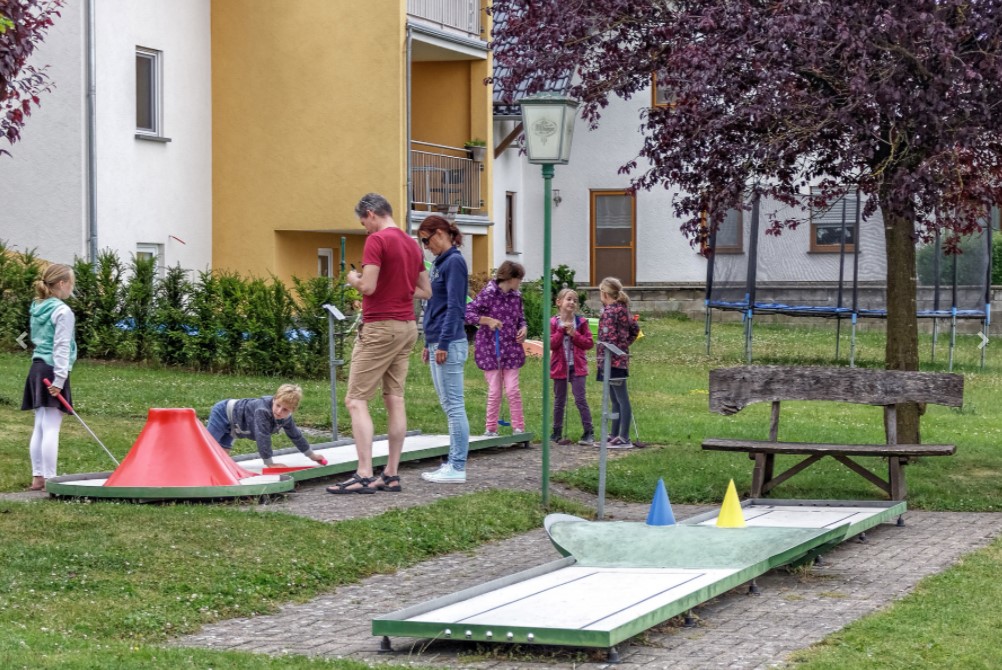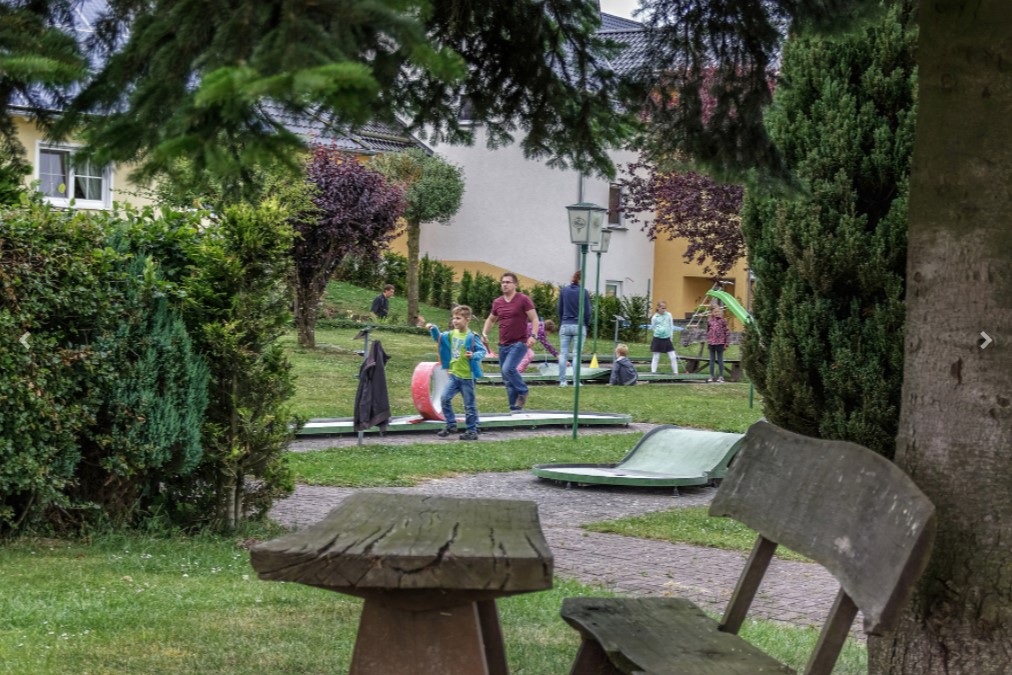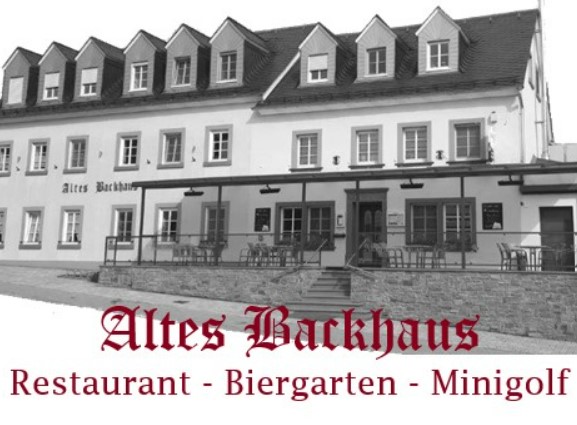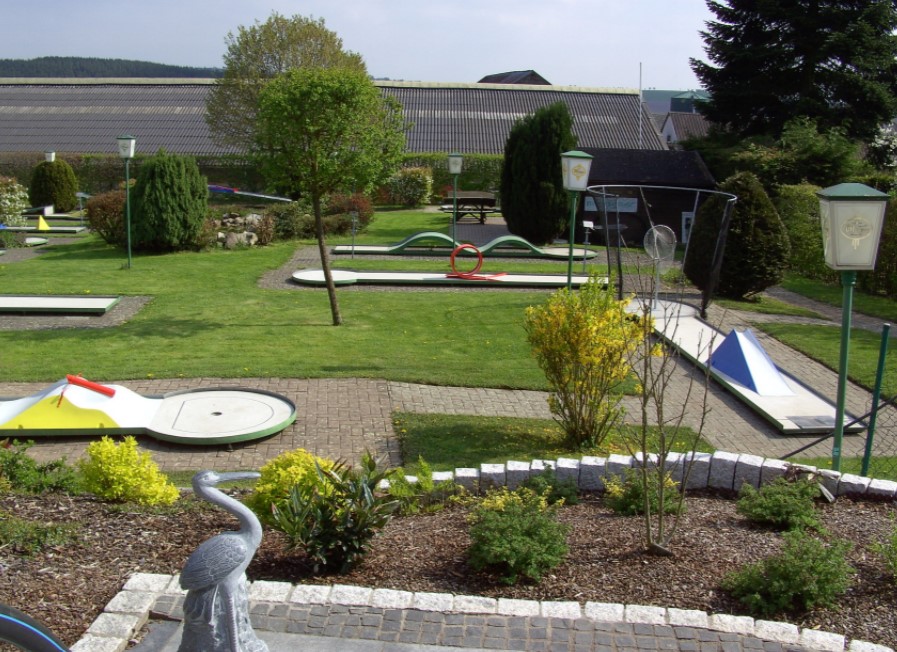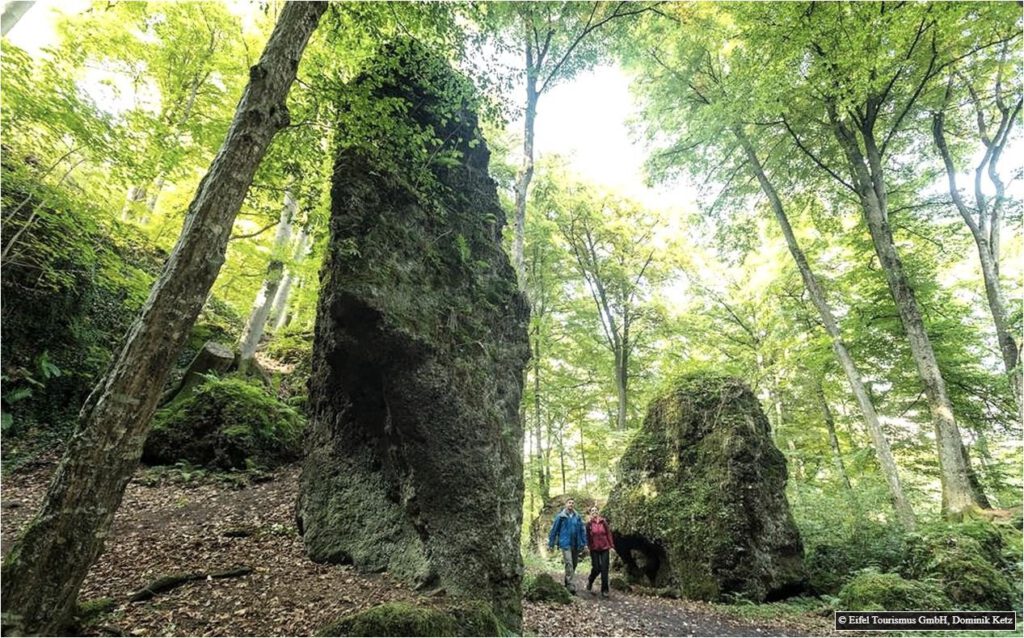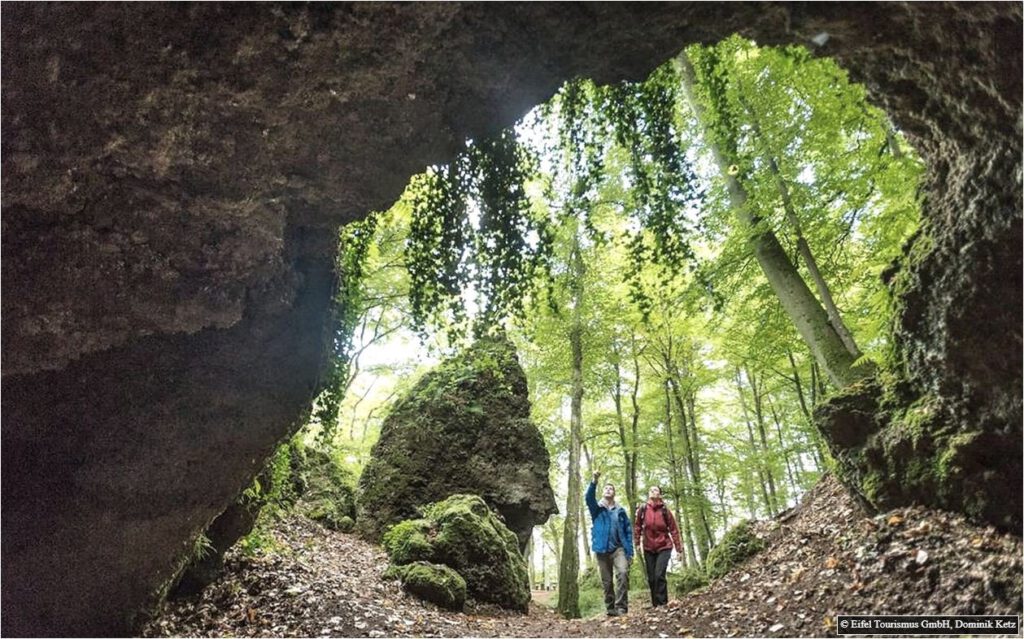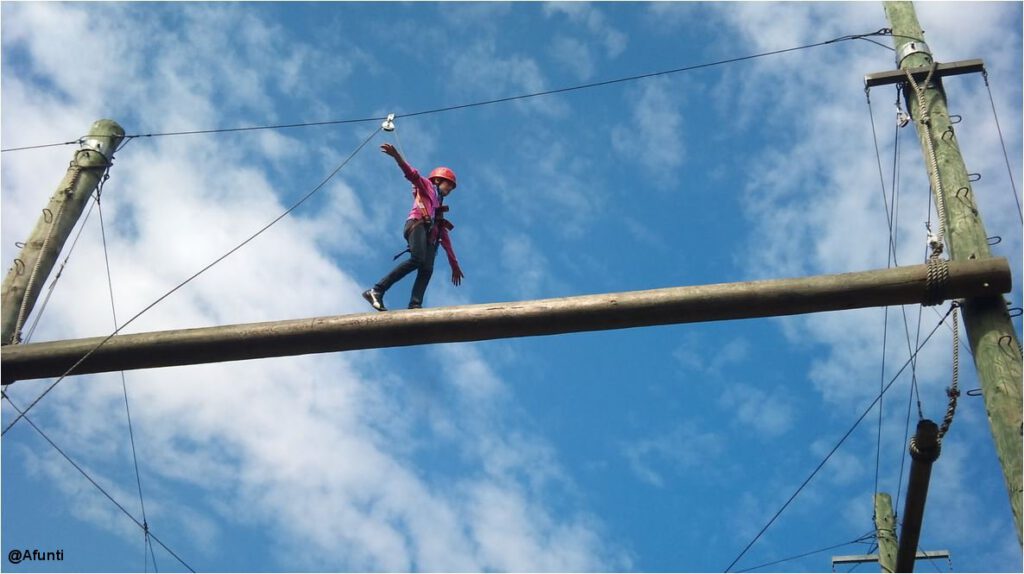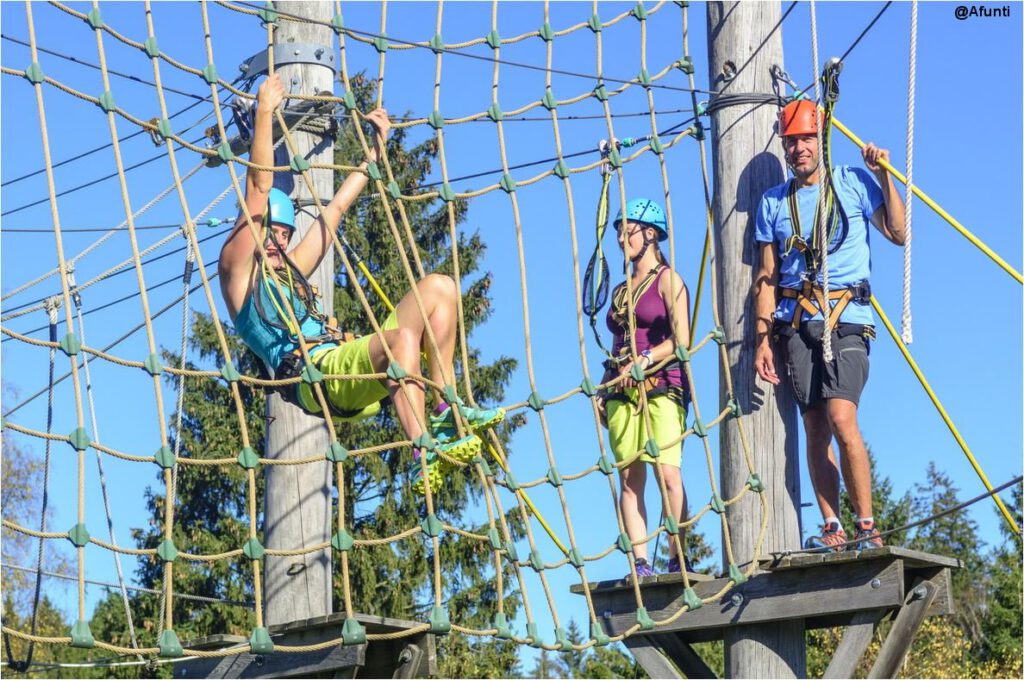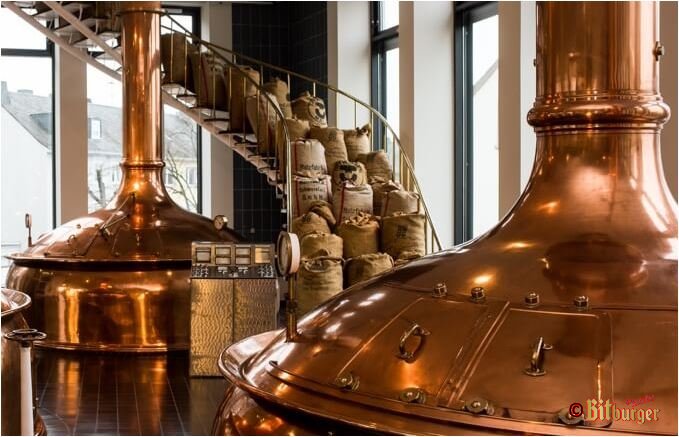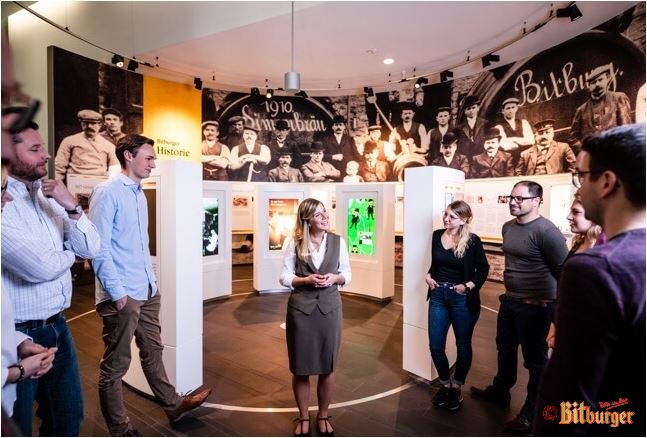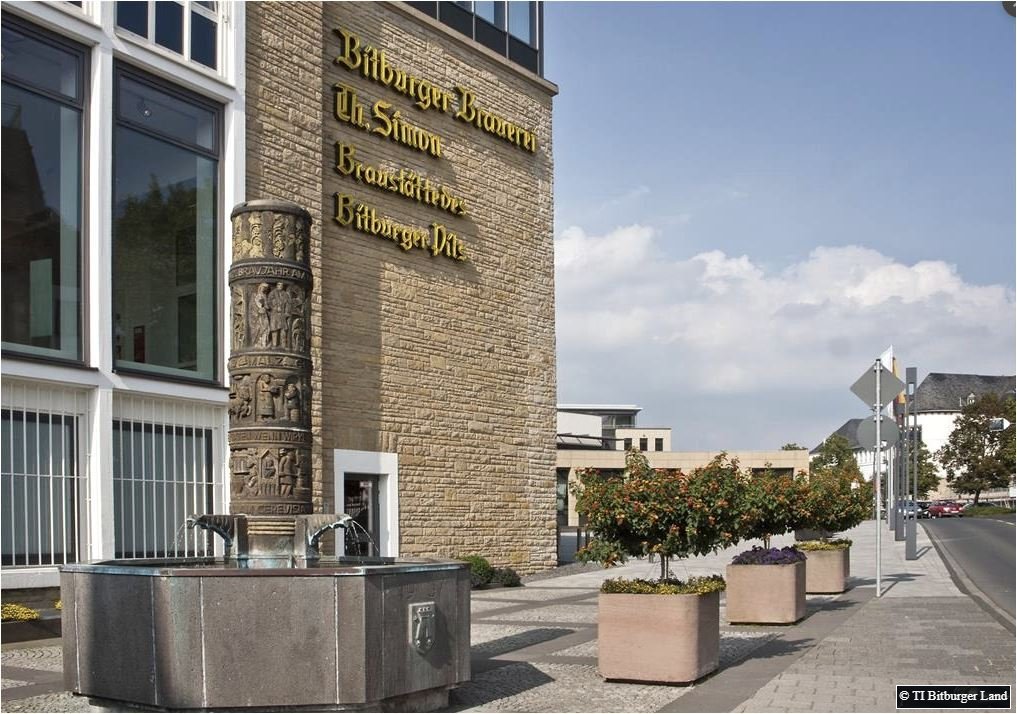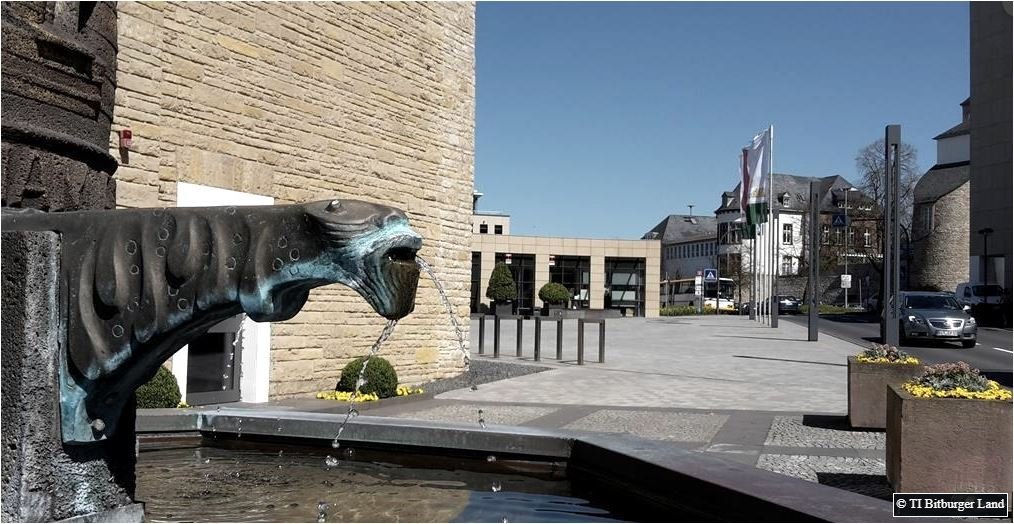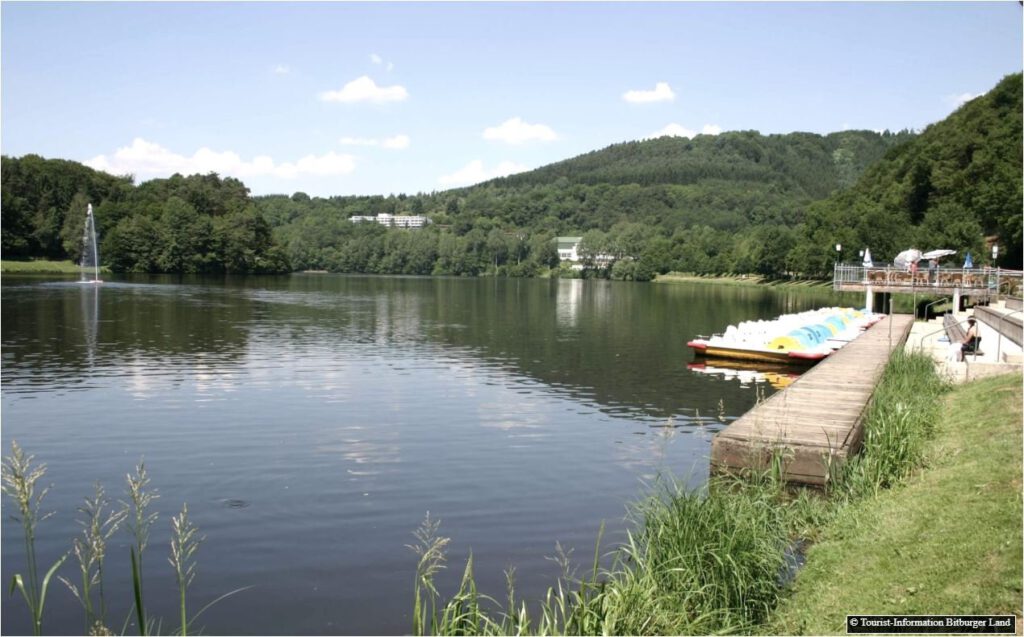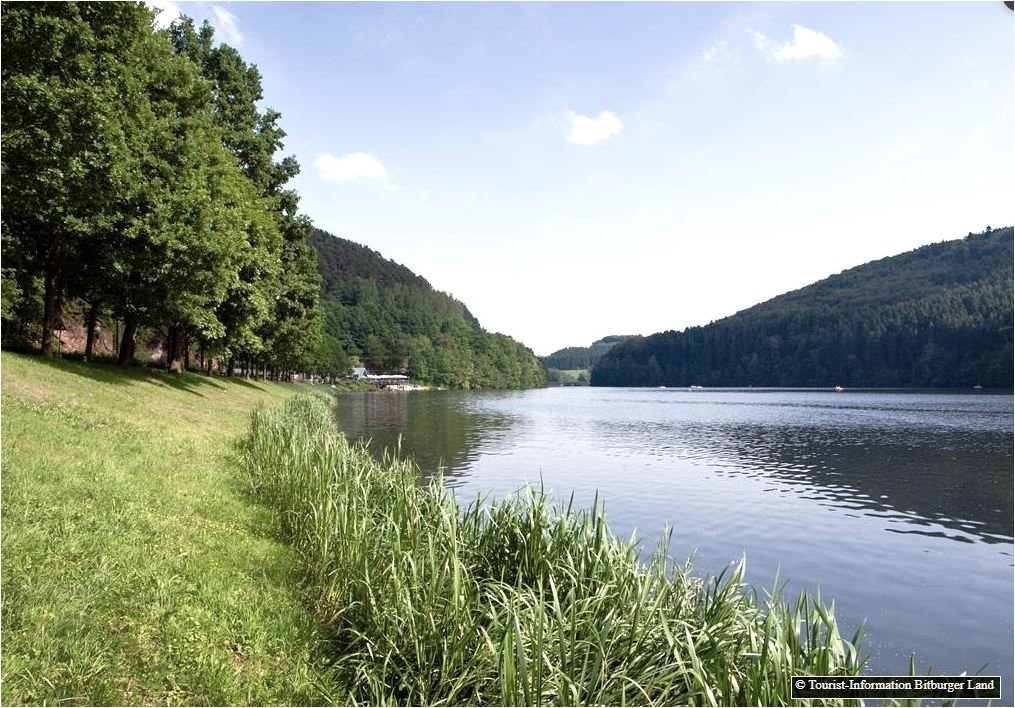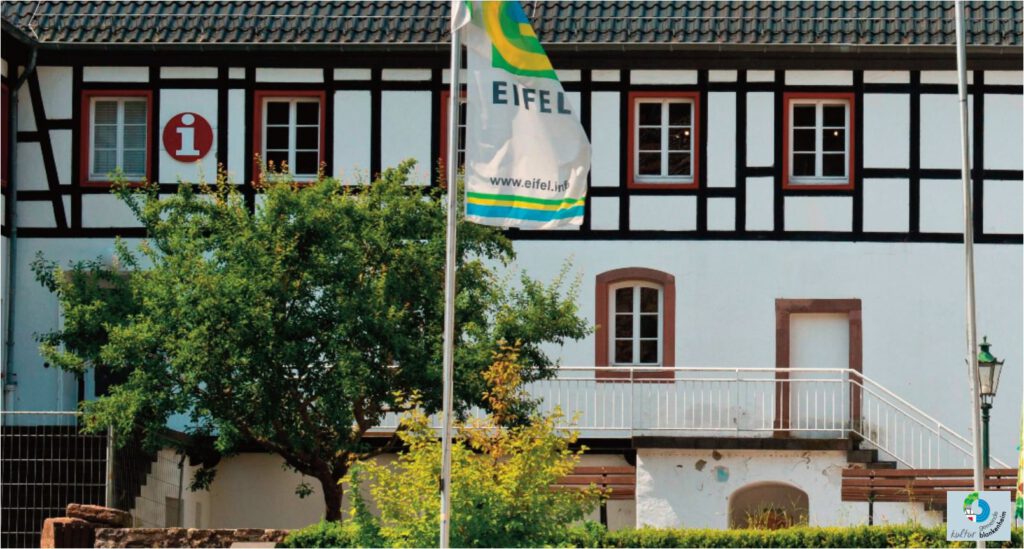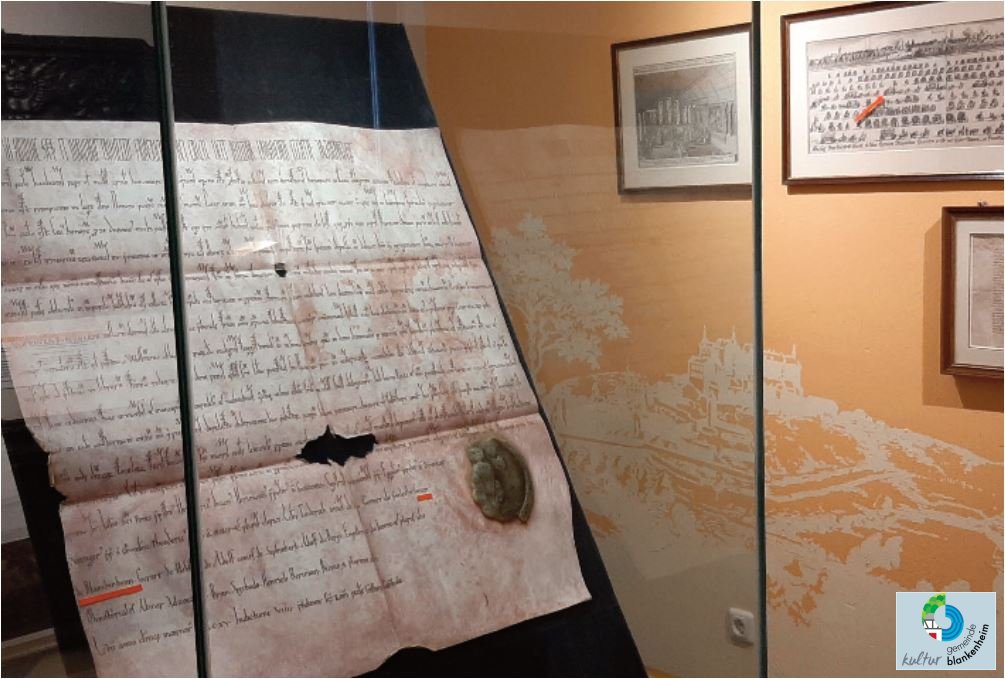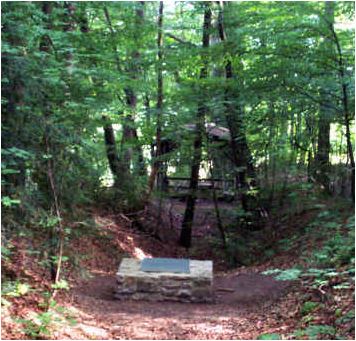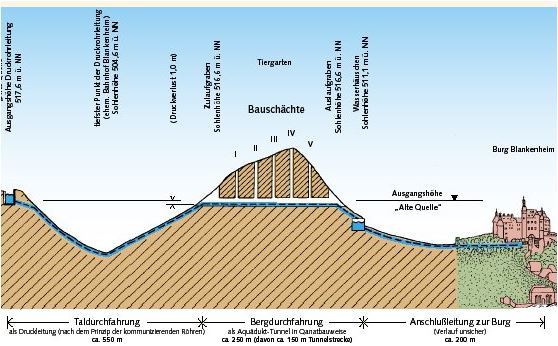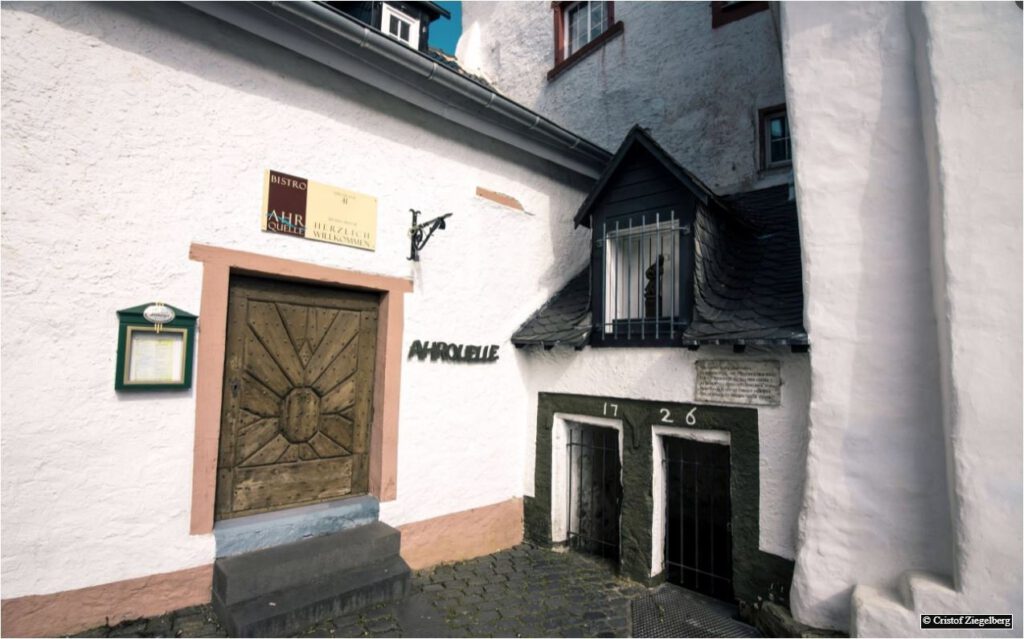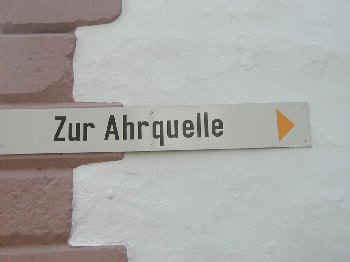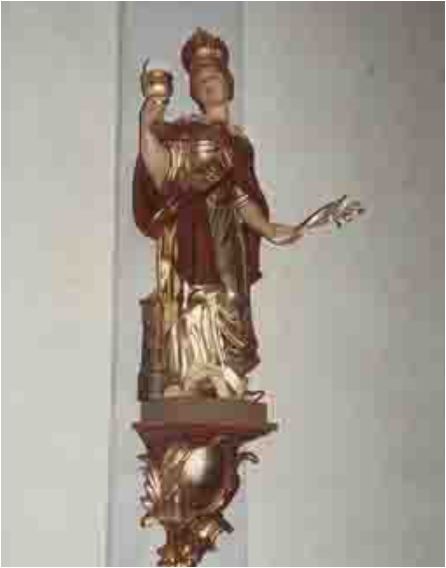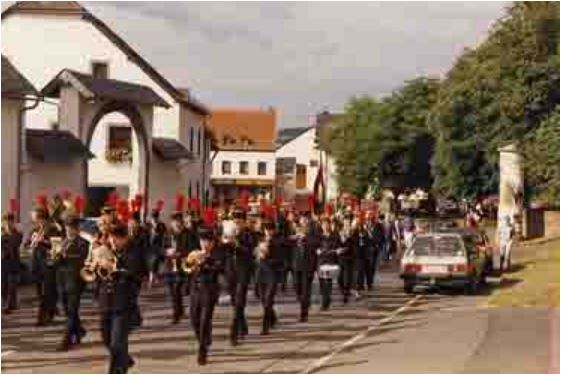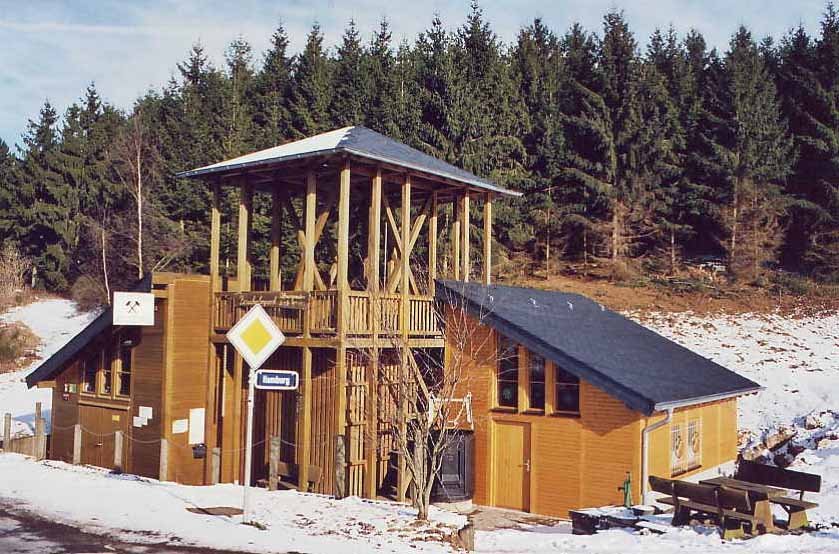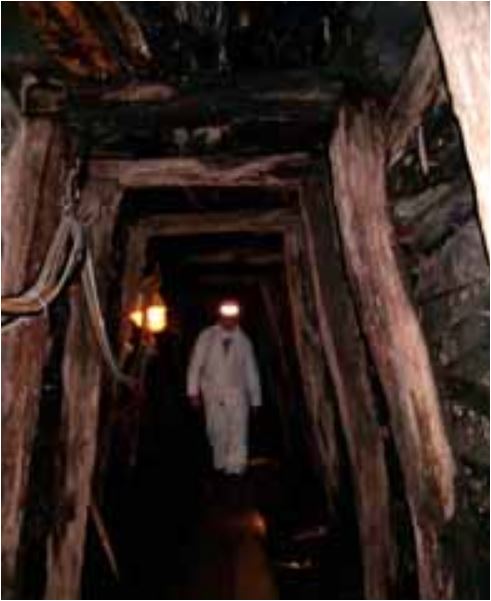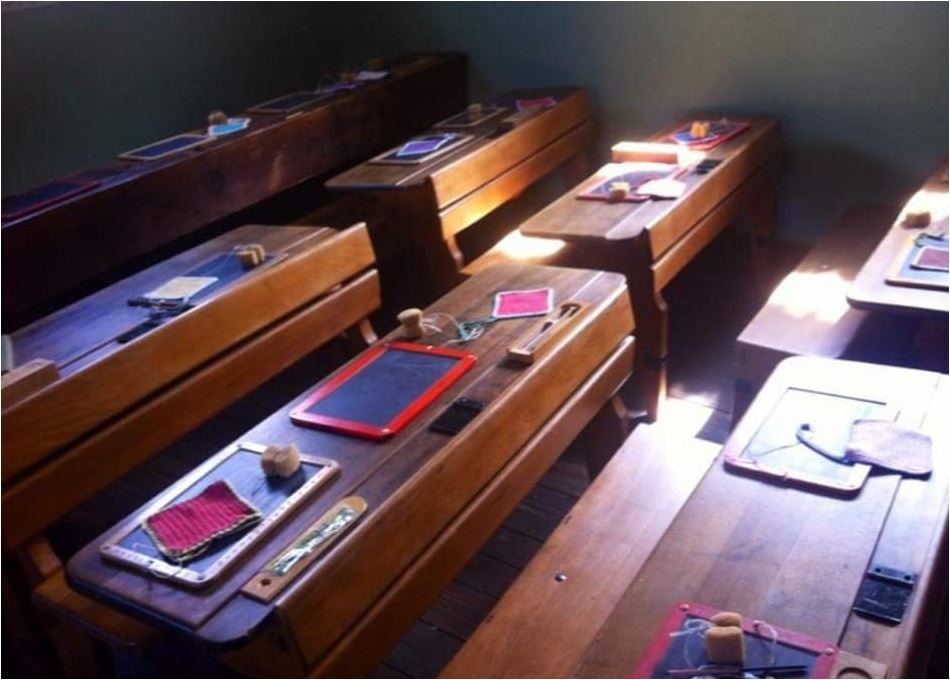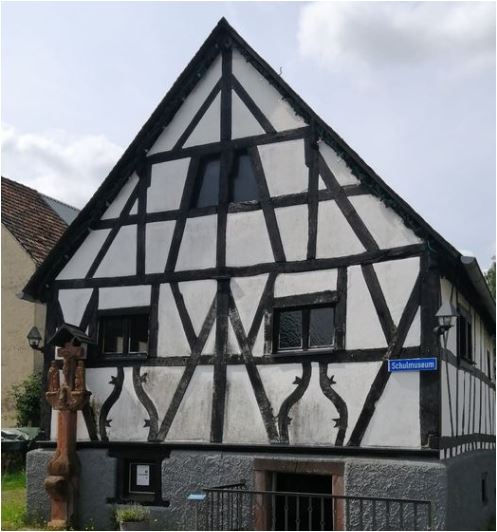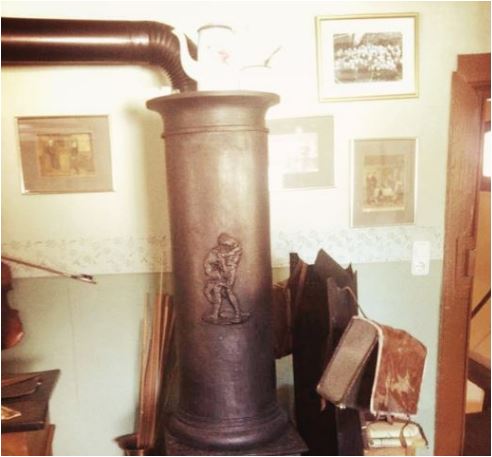
Minigolf (Altes Backhaus) (ca. 1 km)
Fancy a little tournament?
Our 18-hole mini golf course is becoming increasingly popular for outings with friends or family, children's birthday parties, school and company outings or larger competitions.
18-hole mini golf course is becoming increasingly popular.
Birresborner Eishöhlen (ca. 33 km)
The Birresborn ice caves consist of a total of three tunnels, which were originally cut into the slope over a length of about 30 metres for millstone extraction.
Kletterpark Biersdorf (ca. 28 km)
The high ropes course in Biersdorf is probably one of the most beautifully situated ropes courses in Germany. It is characterised by a balanced mixture of high and low elements and is equally suitable for training purposes and for holding events/incentives. A great advantage is the direct connection to the Dorint Sporthotel with professional conference comfort and numerous wellness facilities. Furthermore, the location is ideal for combining activities in the ropes course with other outdoor activities (e.g. raft building).
Bitburger Brauerei (ca. 34 km)
Bitburger Brauerei is a Bitburg-based brewery that is part of the Bitburger Brewery Group.
The company was founded in 1817 by Johann Peter Wallenborn and is a family-run private company.
Bitburger is one of the best-known breweries and beer brands in Germany.
(Quelle: www.bitburg.de / Genehmigung durch Werner Krämer)
Bitburger Bierbrunnen (ca. 34 km)
The beer fountain, erected in 1937, is a gift from the Bitburger Brewery to the town of Bitburg.
It was created by the Mayen sculptor Prof. Karl Burger and shows the production of beer through the centuries.
It originally stood opposite the "Simonbräu" brewery pub on a market square until it was moved to its present location in 1959.
The special feature of the fountain: when it was built, a beer pipe was also laid in one of the gargoyles.
So on special occasions, beer can actually flow out of the beer fountain.
Bitburger Stausee (ca. 28 km)
The reservoir near Biersdorf, located in the scenic valley of the Prüm, is the tourist centre of the southern Eifel.
The 35-hectare reservoir allows a variety of leisure activities such as pedal boating, rowing, paddling and fishing.
A special attraction is the fountain in the middle of the lake, which can be seen in summer.
Unfortunately, swimming and diving are not permitted in the reservoir.
The approximately five-kilometre-long lakeside promenade invites you to take a walk.
An overview board with hiking routes is available at the "Zur Rotlay" car park.
Several pubs, restaurants and cafés are located in the immediate vicinity.
Blankenheim Eifelmuseum (ca. 44 km)
The Eifel Museum sees itself as a museum in the region that aims to present the landscape, the natural area and the people in their historical development.
(Quelle: Gemeinde Blankenheim)
Blankenheim Tiergartentunnel (ca. 44 km)
The tunnel, as an essential component of this water pipeline, can be recognised by the interventions in the soil that have remained visible above ground:
Even before the archaeological investigation, the inlet trench, construction shafts and collapsed sections created the image of an elaborate technical structure before the eyes of an expert observer.
(Quelle: Gemeinde Blankenheim)
Blankenheim Ahrquelle (ca. 44 km)
In the vaulted cellars of a half-timbered house dating from 1726 springs the river that has made Blankenheim famous far beyond its borders.
The Ahr shapes much of the landscape in the municipality of Blankenheim and takes its course through the romantic Ahr valley until it flows into the Rhine at Sinzig after 89 km.
Bleialfer Besucherbergwerk (ca. 1 km)
Maintaining and promoting the old mining tradition in Bleialf and the surrounding area.
Assuming responsibility for the Mühlenberger Stollen visitor mine in Bleialf, including in particular guided tours, lectures and exhibitions in the Mühlenberger Stollen.
Advocating for effective protection of historical monuments and the environment, in particular for the preservation of objects worthy of preservation.
Research and investigation of the Bleialf mining area in cooperation with the Geological Institute of the RWTH Aachen.
Dauner Schulmuseum (ca. 50 km)
